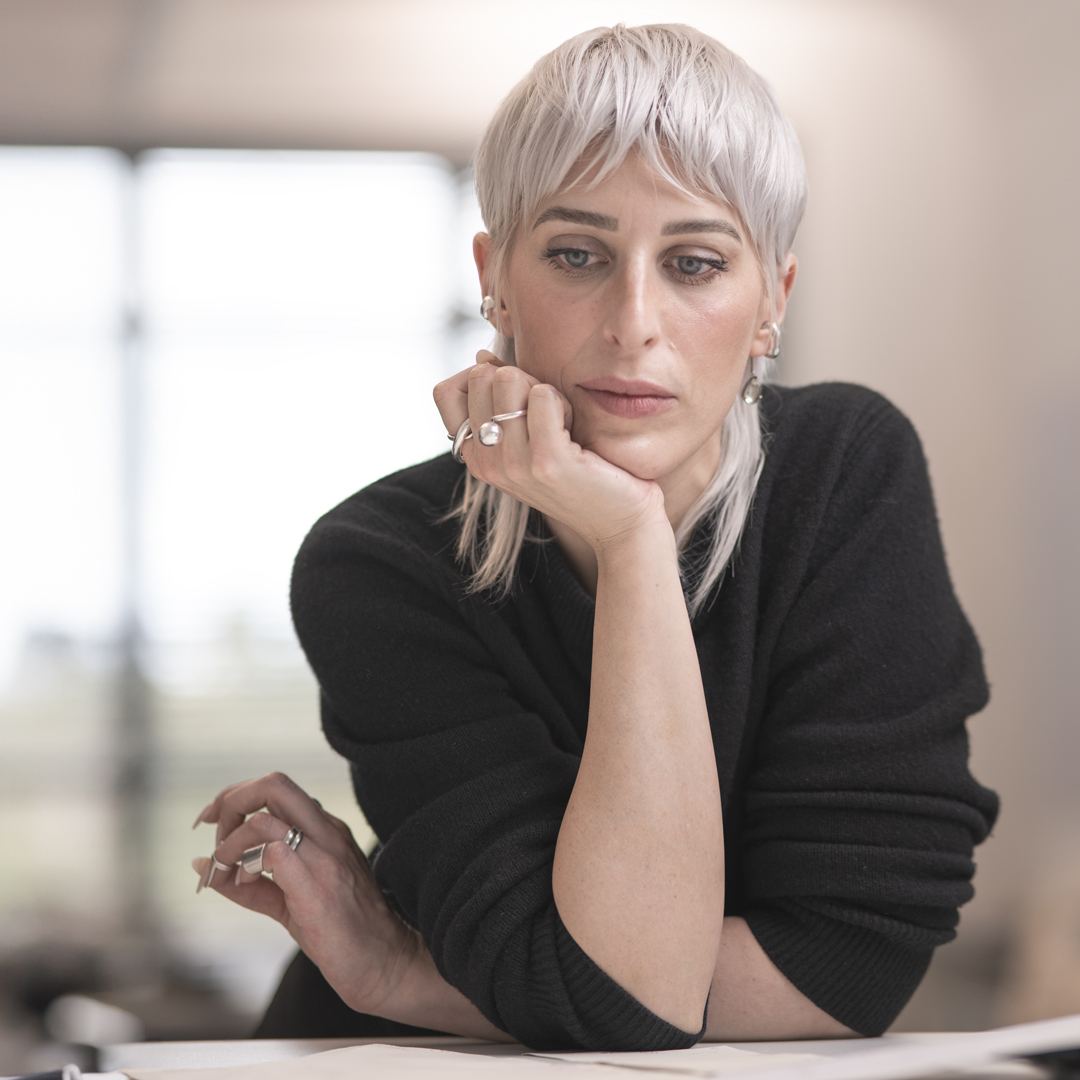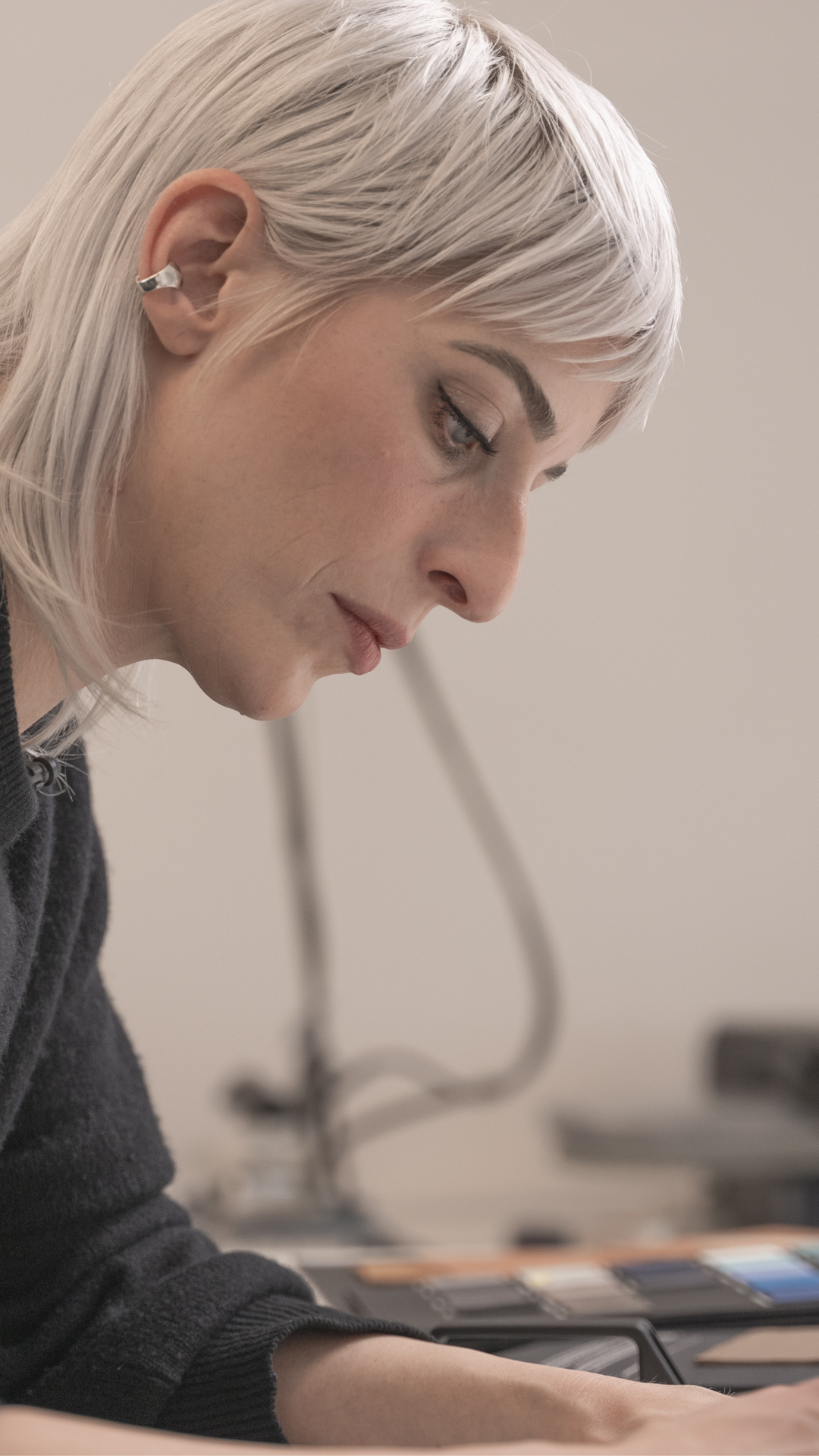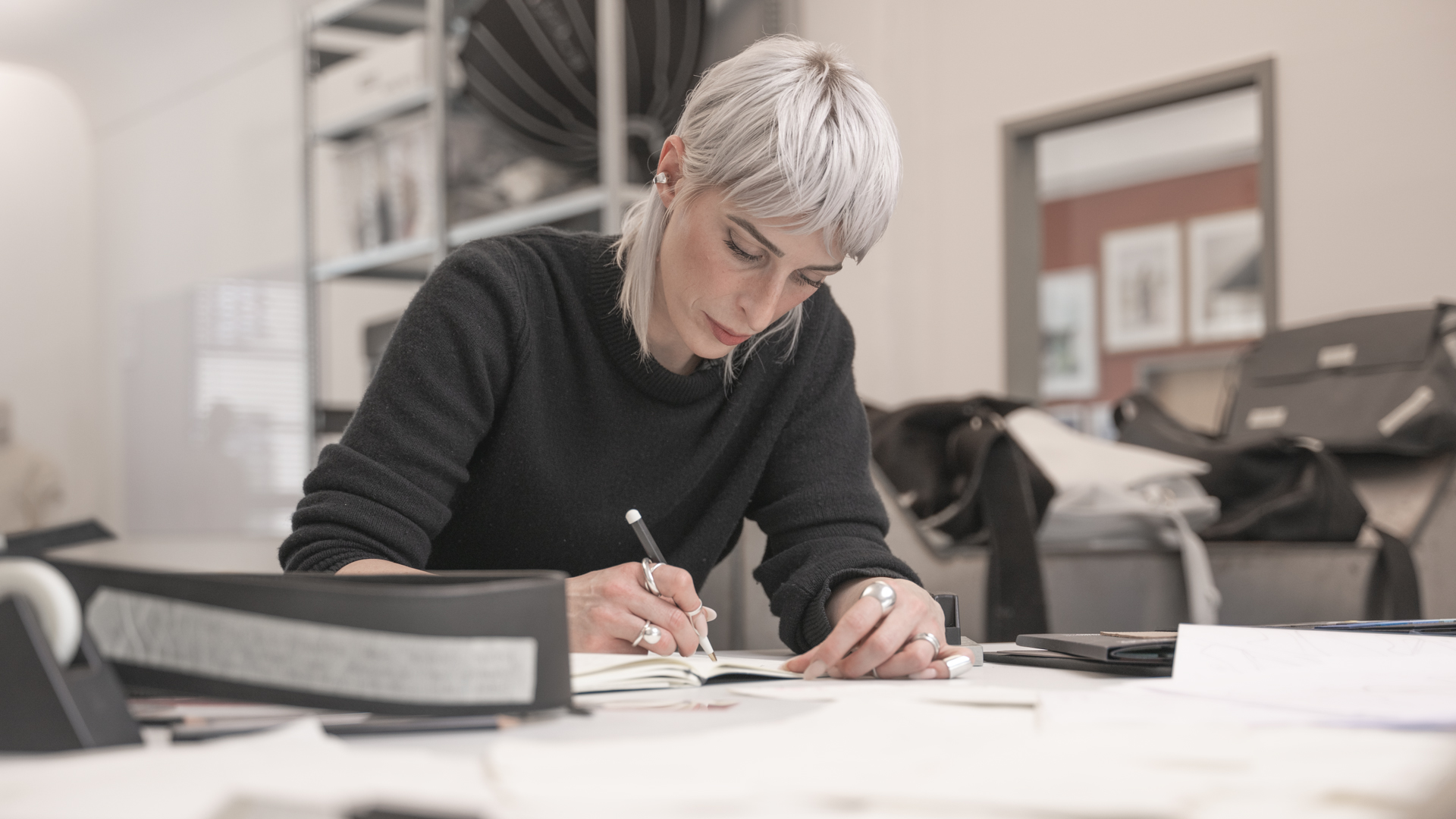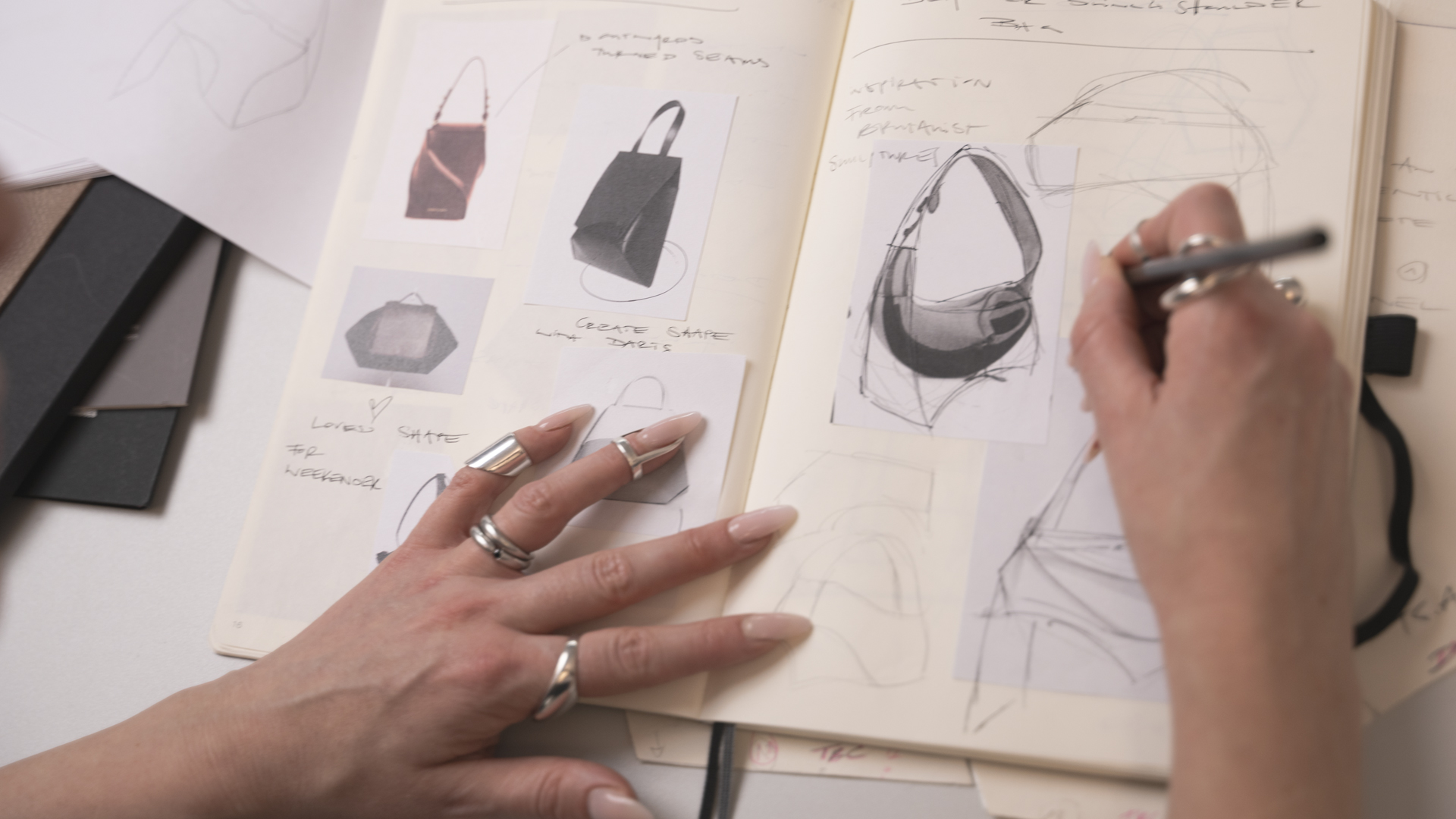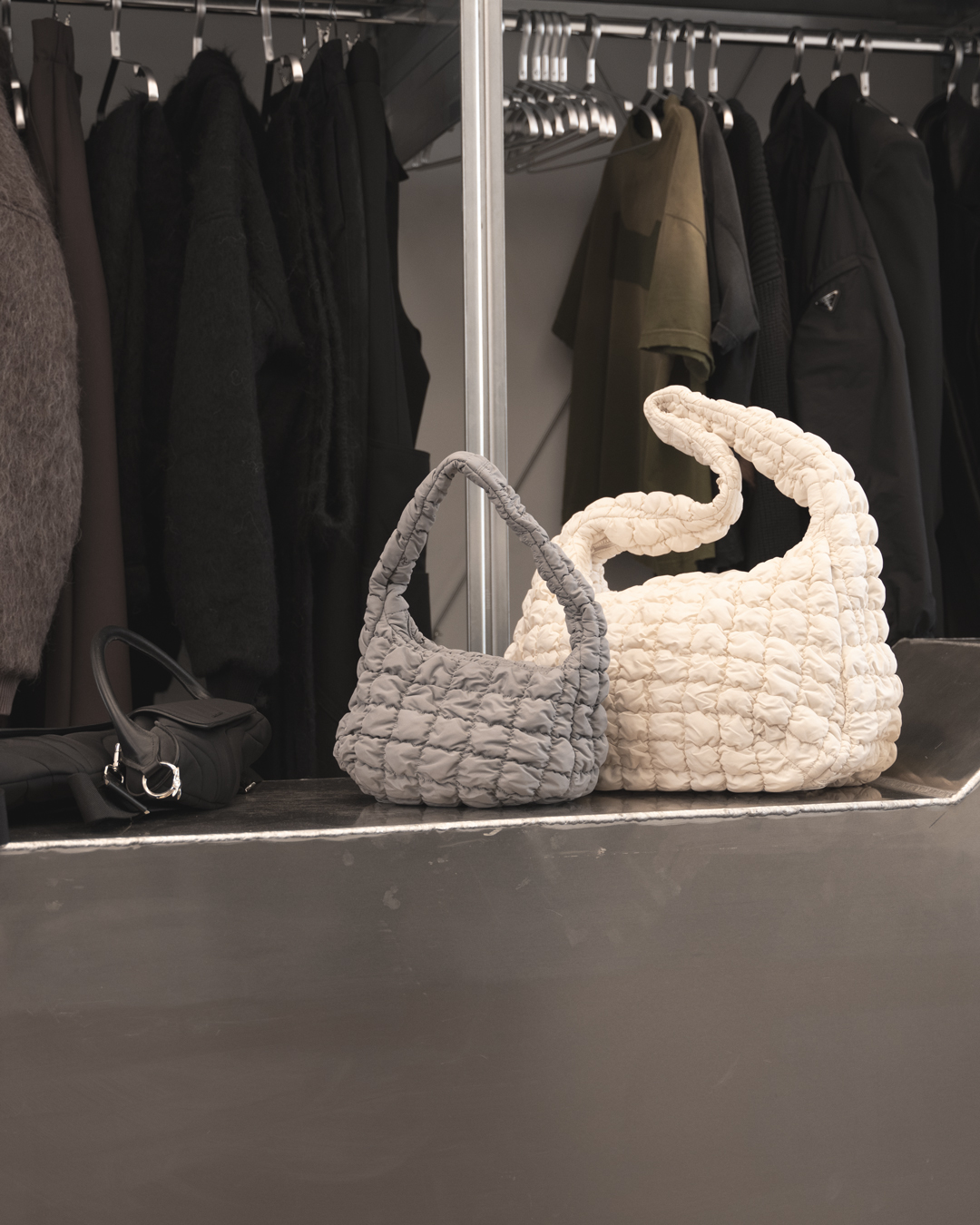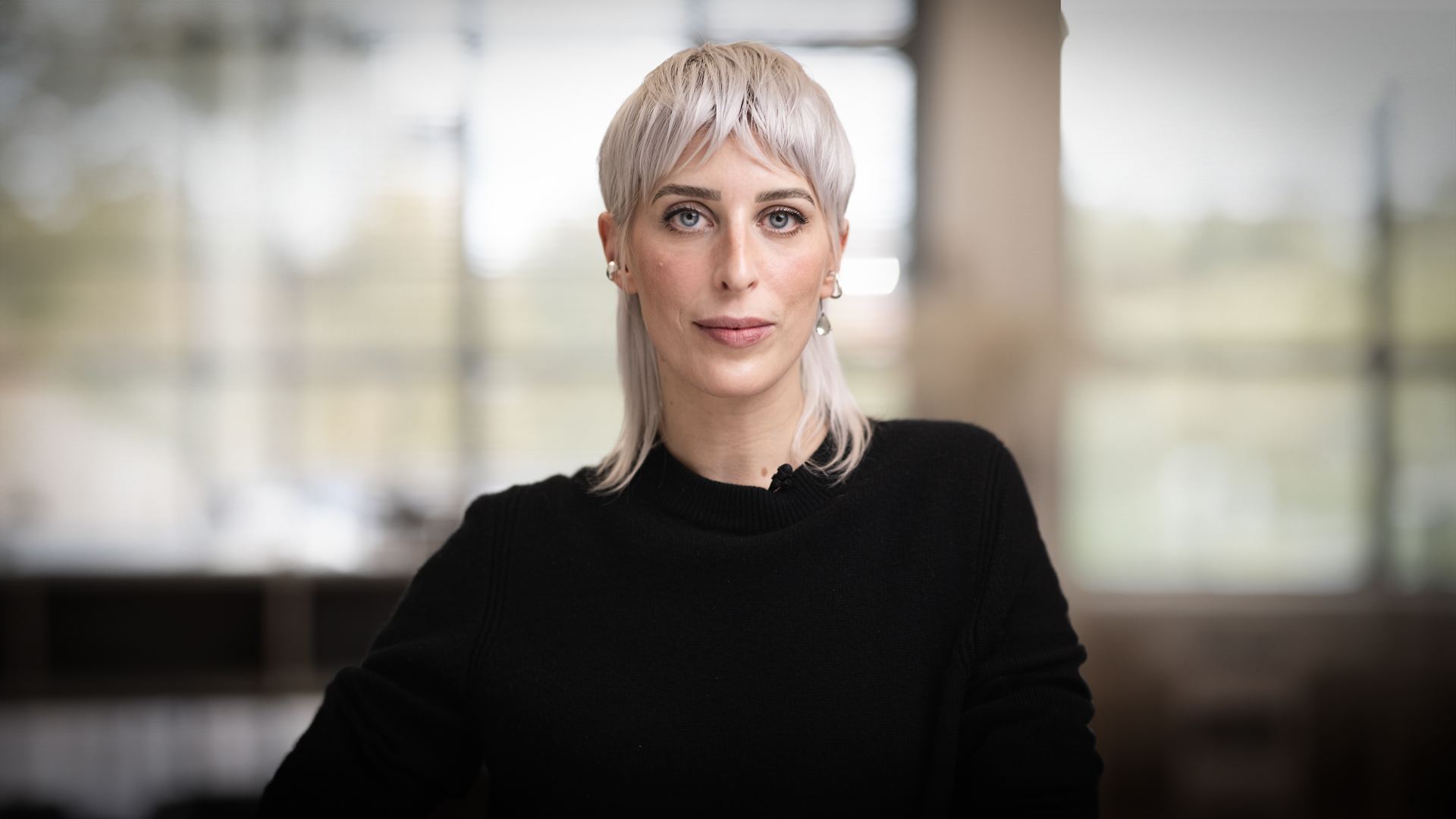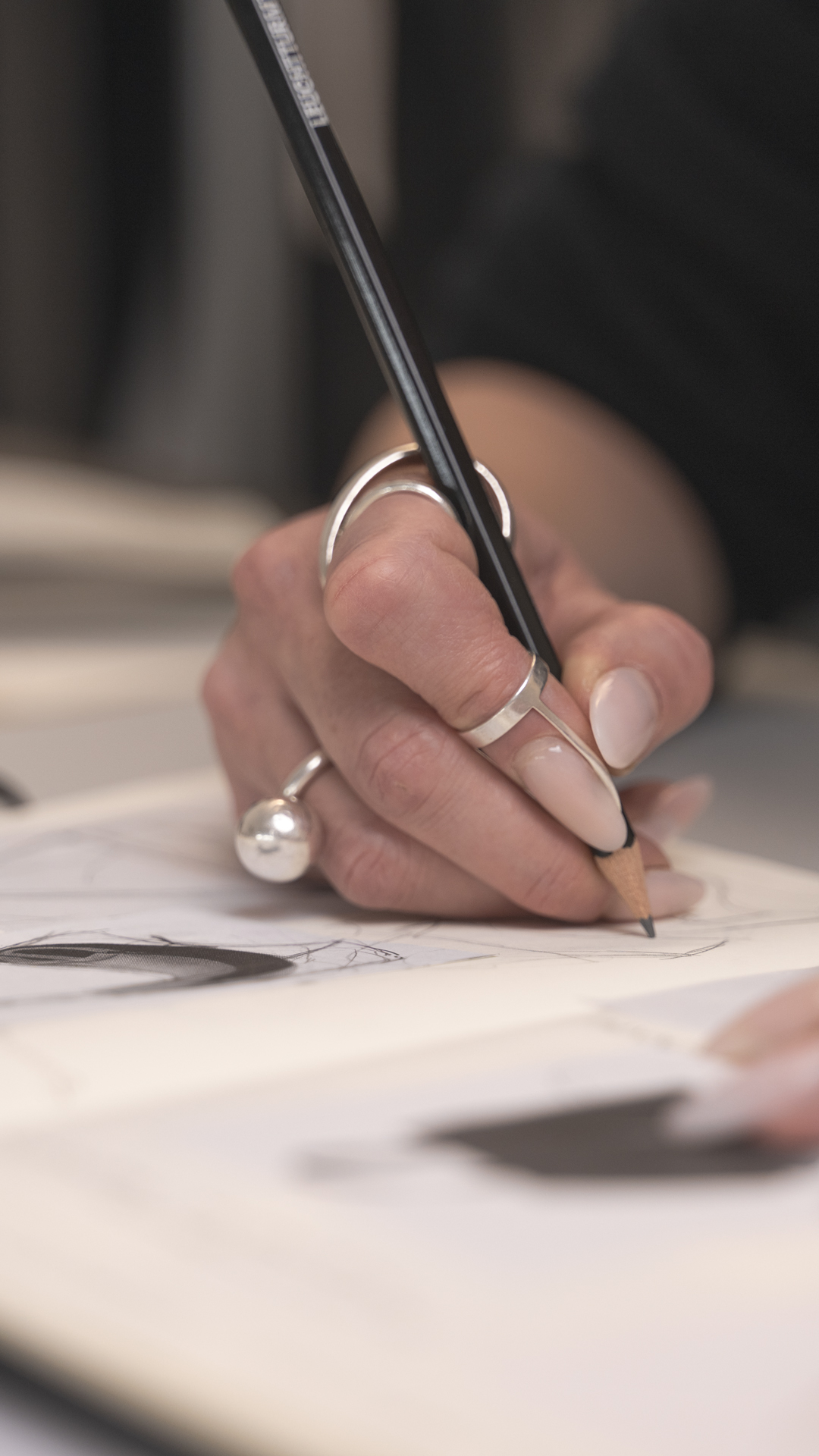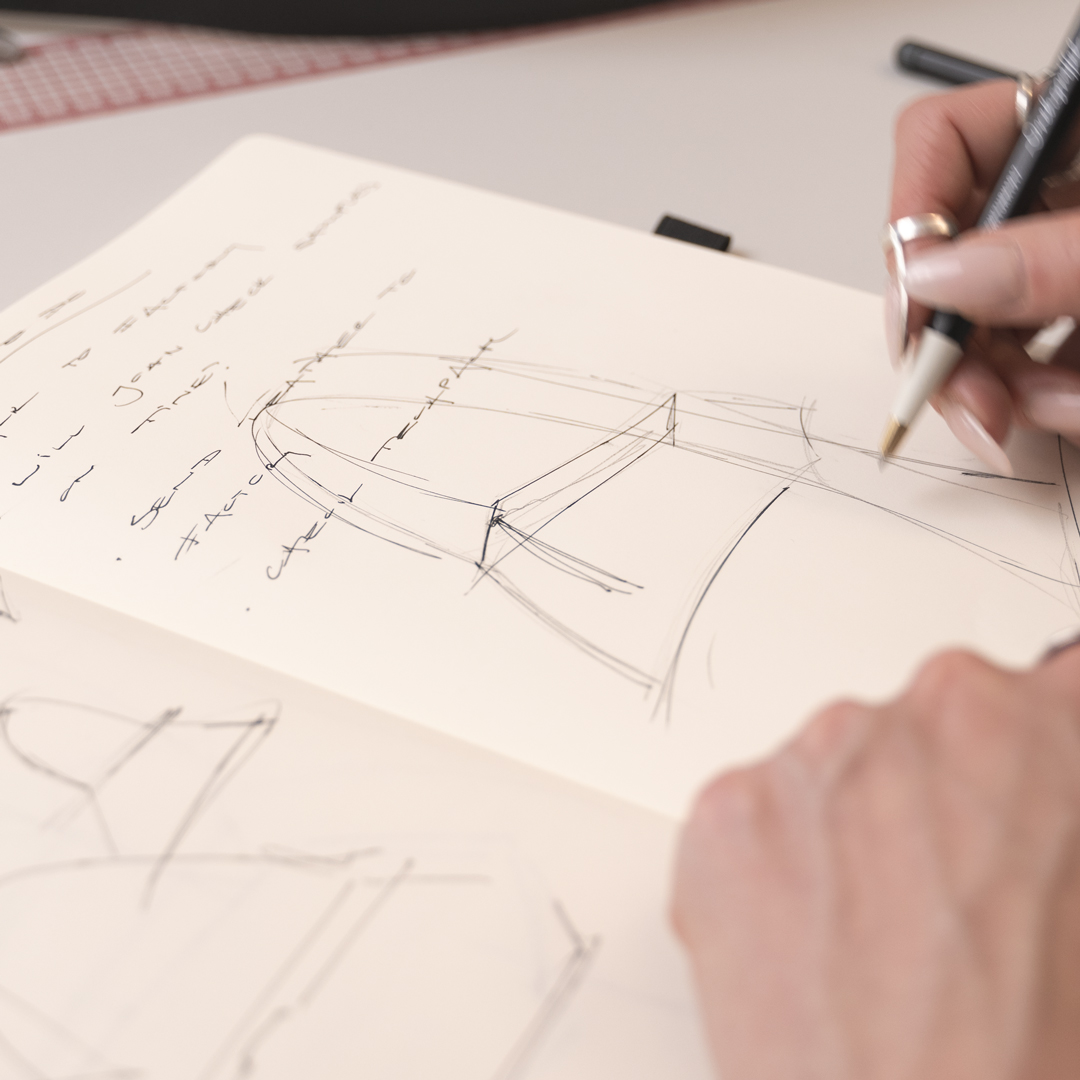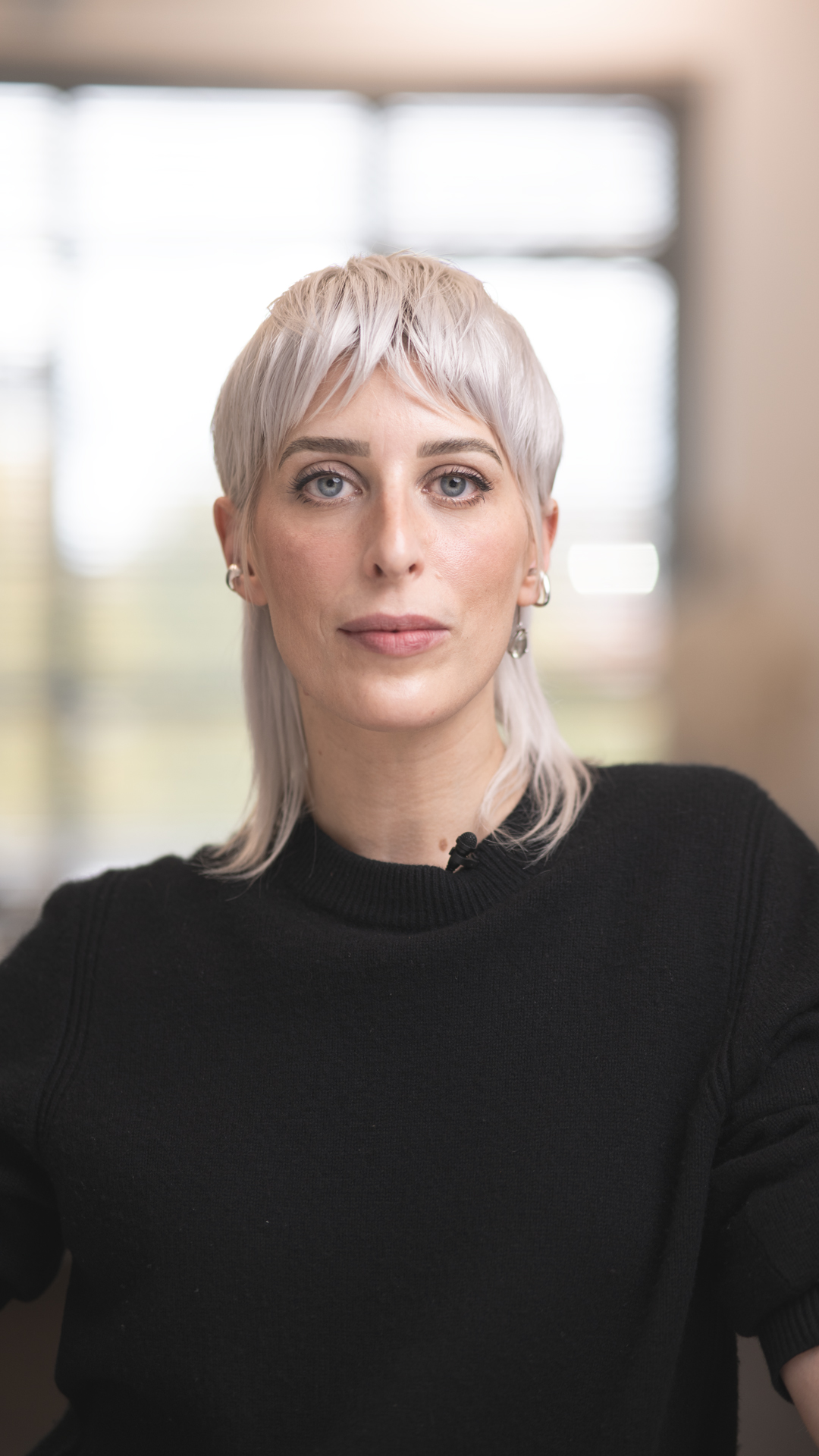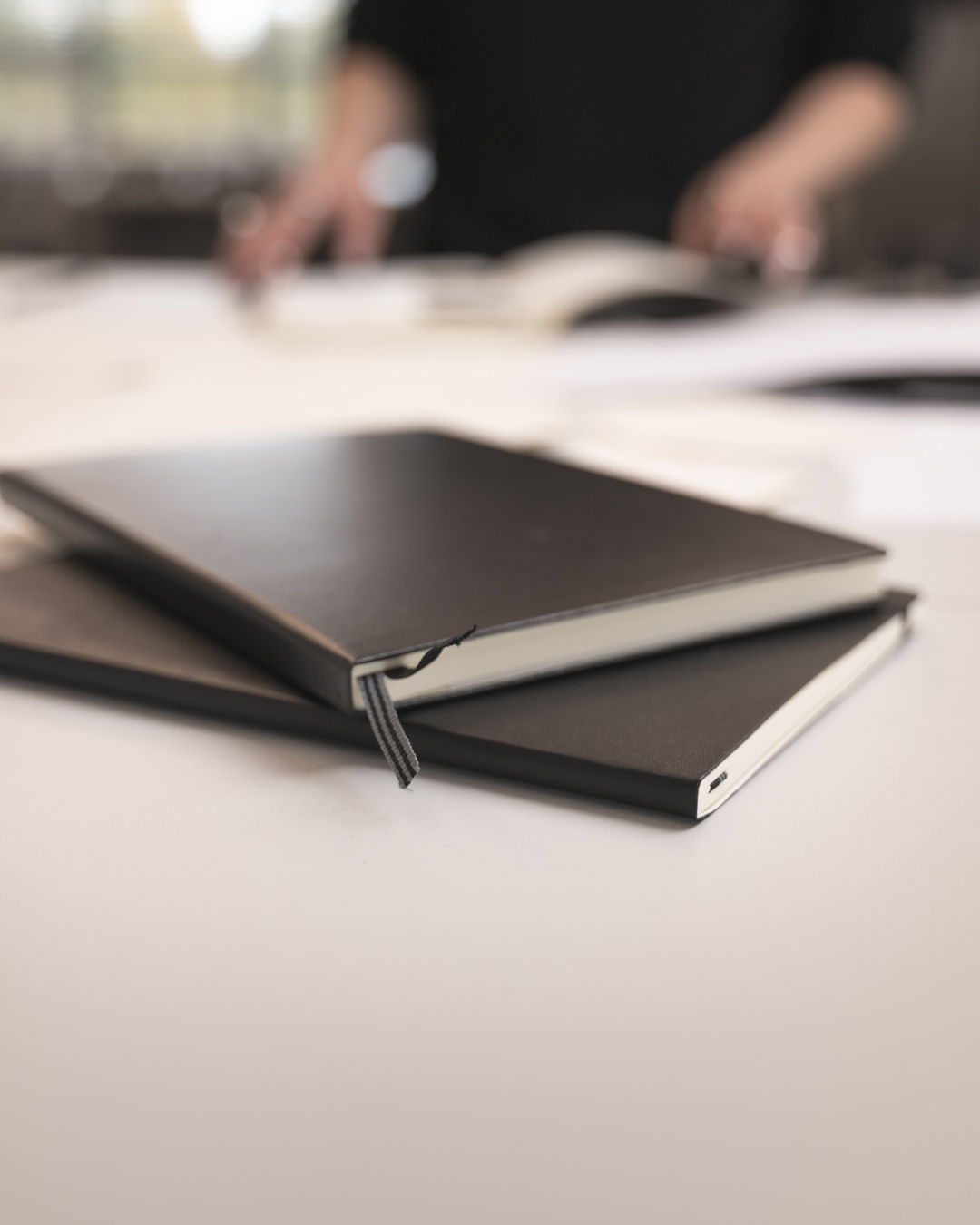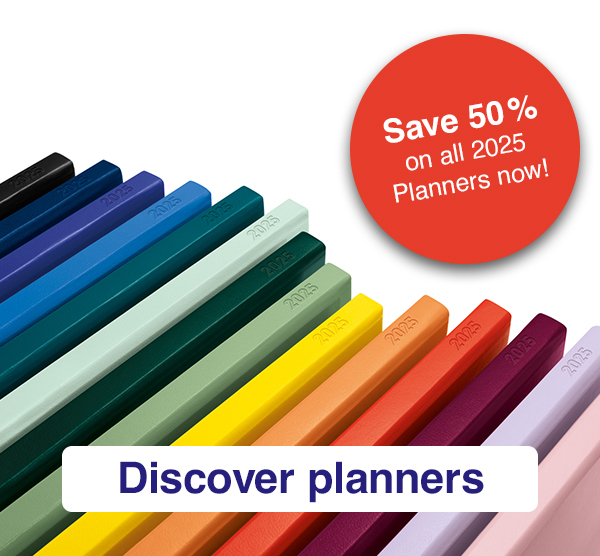Episode
Leonie Barth // Fashion and design
Drafting by hand
Leonie Barth is a sought-after designer of bags and shoes. She uses pencil and paper to keep track of her ideas, which pour from her by the hundred
Ms Barth, why do you use notebooks?
I use them to record the history of my designs’ development so that I can trace it. I studied in Bielefeld, and my professor, Kai Dünhölter, drilled into us the importance of always documenting our projects.
Why is documentation so important? Isn’t the idea the most important thing in design?
But the heart of every good design is a concept. A design is never only about the end product, but always about the journey, the process: from inspiration to finished product. If you don’t document that, you can’t explain it. Notes help me to trace and keep track of my train of thought – and they help me later to explain to my clients where my ideas come from. I think that’s probably what people mean when they talk about well thought-out design.
How do notebooks help you to think about design?
They create control and creativity, both at once. A designer’s job is probably only about 30 percent creative. Developing a new bag or a new shoe is a process of countless tiny steps, researching patterns and materials, project management, researching suppliers, organisation and coordination. My notebooks are full of to-do lists that help me keep track and control over what I need to accomplish in my daily work. The other part is to do with exploring shapes and forms, and I draw and doodle in a playful manner. Because of course, the ideas are already forming whilst conducting my research. If I didn’t record them I would lose these ideas.
What kind of drawings are they?
The first drawings are raw, quick and very personal. Interestingly, many creative directors are especially excited about them and what they see developing in the notebook. They often find something in the drafts that I haven’t noticed before.
Do you use one notebook per project?
Yes. Every development project has a long timeframe, and the creative part merges with the project management, so it’s important always to have everything together in one place. Sometimes there are several projects in one notebook, but they would be all for the same client. And, quite honestly, there are some notebooks that never get finished or filled up. For example, if a project doesn’t go well, the notebook will reflect that. It won’t be bulky and quite fat from all the inspirations that I keep inside. It’ll be pretty thin and tattered because of all the pages I’ve ripped out.
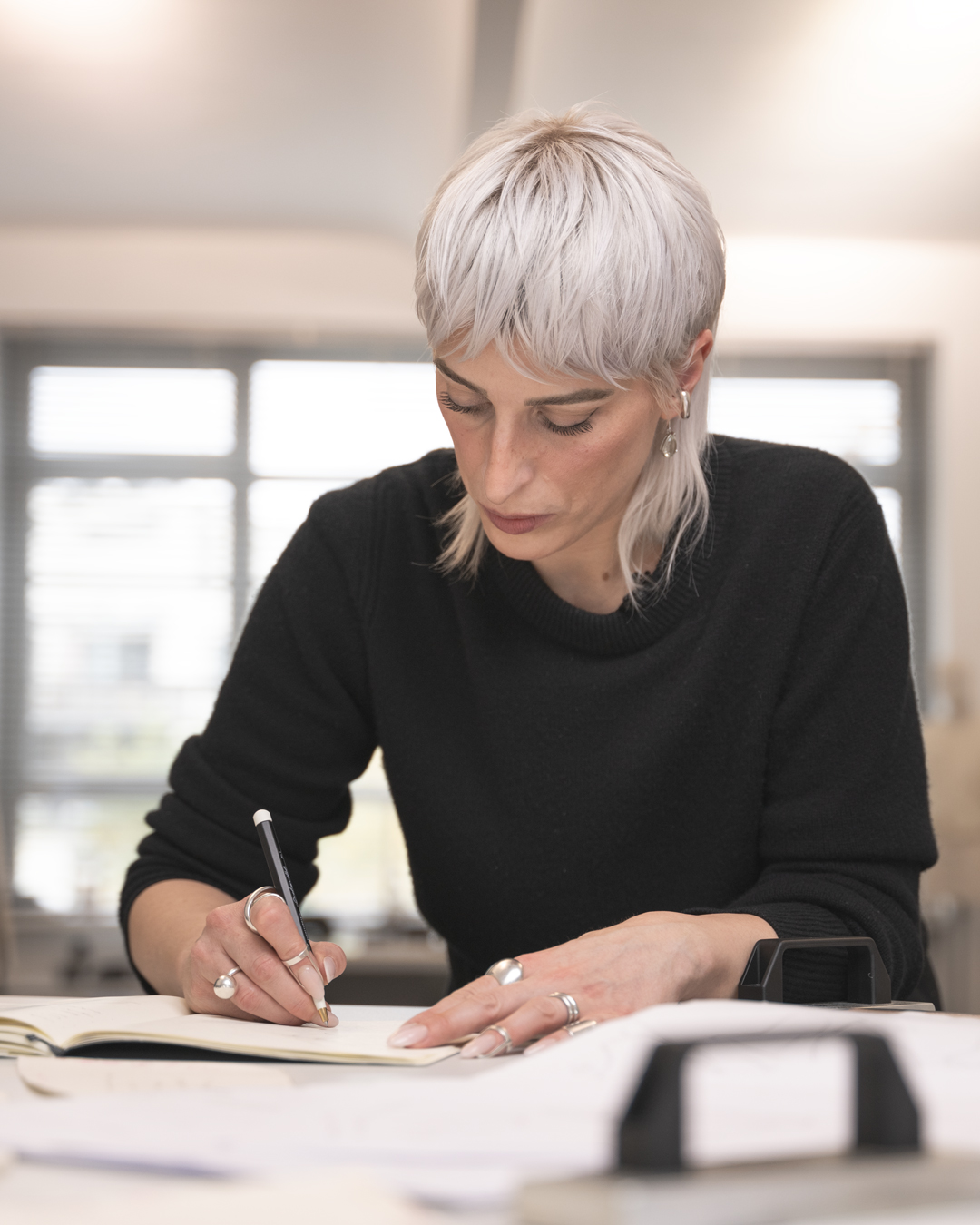
My hand and mind are connecting in the moment I put pen to paper.”
Your perfect book, pencil, paper?
I have to like it. The paper, the format, the haptics. The notebook can’t have any lines. The paper must react well when I draw with a pencil. For to-do lists and initial sketches, the right pencil for me is a, soft propelling pencil with a 0.7 mm lead. Later it gets more delicate and detailed, millimetres matter: how thick is the sole? How wide is the welt? How thick is the material? So then I need to be drawing with an HB pencil with a 0.3 mm lead.
Do you keep your notebooks?
(Laughs) Always! I keep every single drawing. I have a big storage box full of drawings at home, many of which were never produced, but they’re still valuable.
What does the person you live with say?
I live with my husband, who is a video artist and he collects records, films, old TV’s and MiniDiscs, so by comparison I’m in a good negotiating position as drawings really don’t take up that much space.
When all the drawings are spread out in front of me on the desk, the good ideas are looking directly at me.”
How would you describe your handwriting?
I write entirely in capital letters, and my handwriting is technical, linear and dynamic. The majority of my notes are in English.
Why is that?
I think, dream and write in english. After my studies, I went to London and started my professional career there, and it became my home for seven years. My first job was with Mother of Pearl, a fashion brand owned by the ex-partner of Damien Hirst. I was recruited by COS and stayed there five and a half years.
Did you use pencil and paper there?
Yes, all the designers there started the design process with hand drawn sketches.
Is that still the case?
Software has been developed for tablets.
Change is happening – and actually that’s a problem. Many young designers now find it hard to draw on paper. Last year I taught accessory design at the Bielefeld University (HSBI). I had 14 students sitting in front of me all with tablets. They were using the tablets as digital notebooks, and they were all drawing and designing in the same software. So I tried out this software (again), trying to convince myself – and again I was confronted by the same complications with digital devices. How does the pencil work? How do I set the line? How do I erase? It distracts me. With pencil and paper, it’s different: my hand and mind are connecting in the moment I put pen to paper.
Isn’t creating on a tablet just a question of habit?
I don’t think it is. When I’m on Page 20 of my project, my notebook contains a certain amount of content that I can access simultaneously at any moment. Everything is there in front of me on my desk. On a tablet, you’re in the moment, in an isolated frame, on the surface, and tragically it always feels final. The process disappears in the digital sphere. Many of my students don’t arrive at a satisfactory end result because nothing happens freely. So I always recommend that they take a pencil and paper and just draw it out.
What does that mean – draw it out?
When I develop a handbag, I’ll probably have drawn a hundred different handbags. It becomes an obsession and ritual. The connection between the brain, the pencil and the paper is hugely important. My head is full of thoughts and ideas. And they need to be drawn out and refined. After that, I can evaluate everything. And I can only do that in a satisfying and worthwhile way if everything is spread out in front of me on the desk. Then the good ideas are looking directly at me.
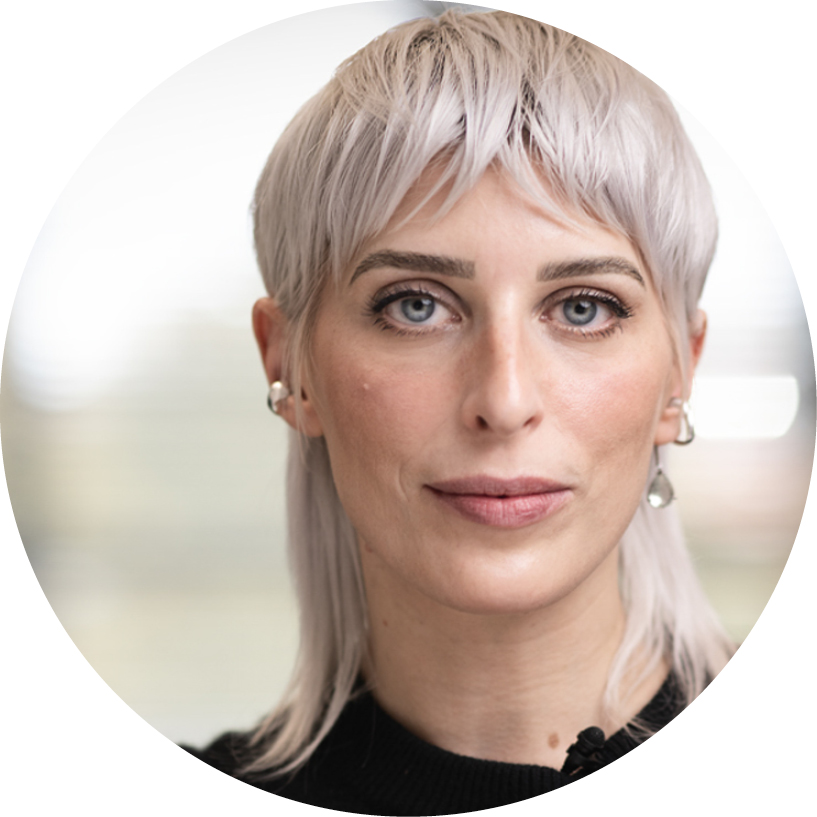
Leonie Barth
Leonie Barth was born in Gütersloh in 1987. She studied fashion and design at the Bielefeld Vocational College. Immediately after graduating in 2014, she won the prestigious ITS Award at Trieste. She worked in London, at Mother of Pearl and COS, for whom she designed the “Cloud Bag”, one of the most successful products in the company’s history. Her works have been exhibited at the Museum of Modern Art Frankfurt, alongside Ettore Sottass, Dan Graham, Andy Warhol, Isa Genzken and Ólafur Elíasson. She lives with her husband in Berlin, and works as a freelance designer, designing handbags, shoes and accessories for national and international fashion brands, such as GmbH and Unvain.
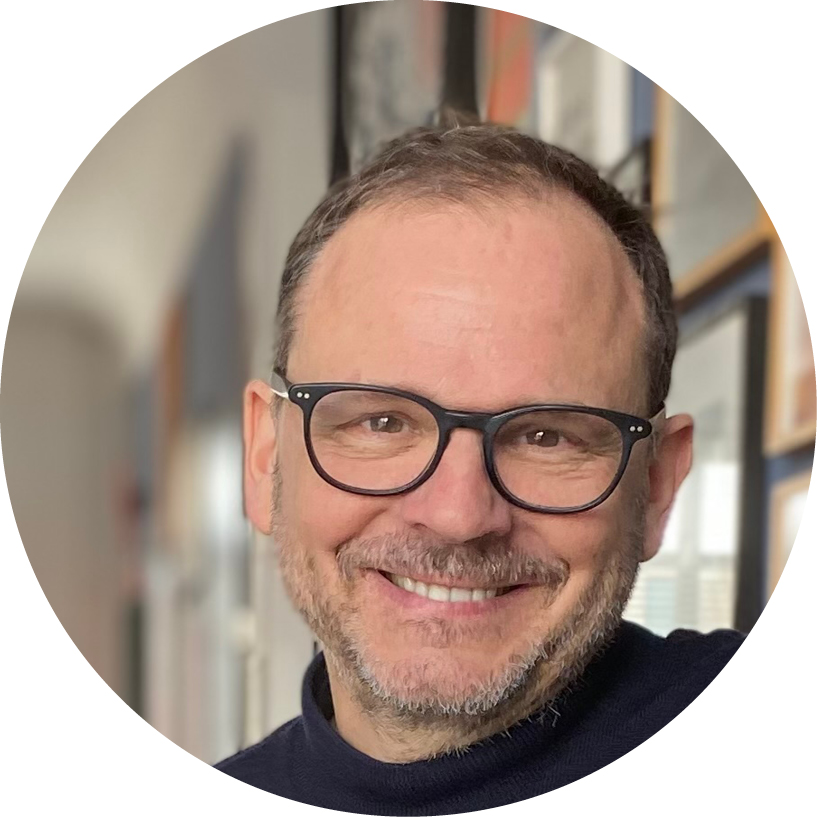
Author Ralf Grauel
Ralf Grauel is an economics journalist, publicist and consultant. He was editor and author for “brand eins”, “brand eins Wissen” and “Zeit Magazin”. With his “Grauel Publishing” team, he has developed “Writers and Thinkers”, where he regularly holds conversations with people about thinking by hand.

